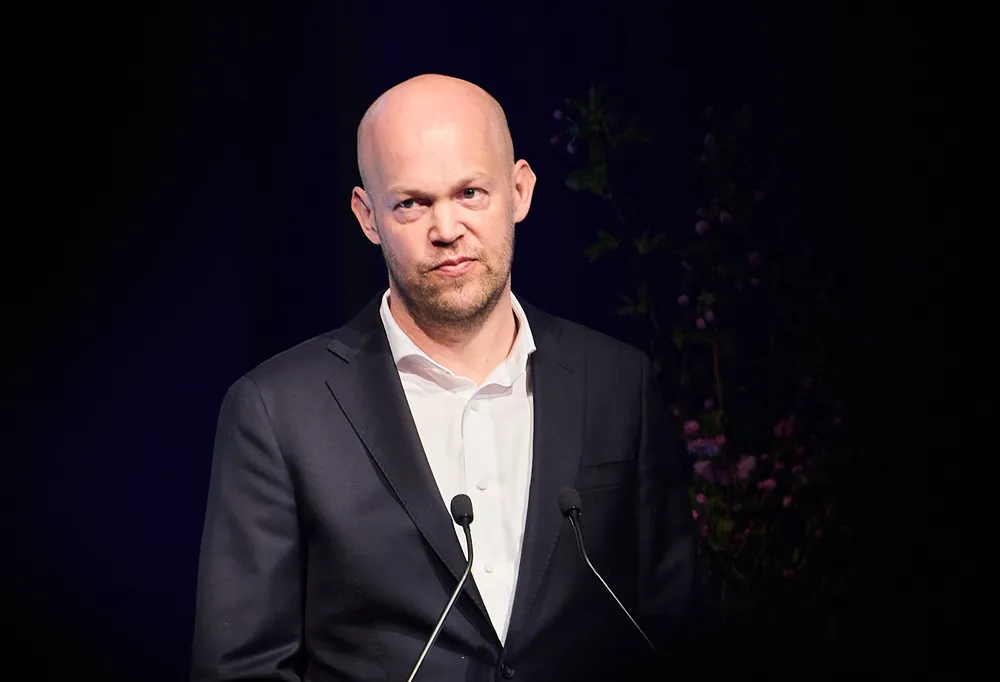Orsted clinches landmark wind wake agreement with BP and EnBW
Developers reveal little about the mitigation measures that were agreed, and disputes rumble on elsewhere

JERA Nex bp and EnBW have reached an agreement on how to mitigate wind wake effects from their planned Mona and Morgan offshore wind farms in the Irish Sea, ending a rancorous dispute with Danish neighbour Orsted.
Miliband nodded to these objections by withholding the Mona permit unless the developers either presented him with a wake effects mitigation plan or, alternatively, showed that they had reached a mitigation agreement with Orsted.
Pals again
It has since emerged that the two sides have now reached an agreement that removes the threat of a continuing challenge to the planning process from the Danish developer.
As a consequence of this agreement Orsted said it now considers that the Mona offshore wind farm has "satisfactorily" met the development consent order requirements in relation to its operational wind farms.
The same outcome was achieved for the 1.5GW Morgan offshore wind farm, even though the development consent for this project is still pending.
What are wind wakes?
Wind turbines extract kinetic energy from the air to produce electricity. When they do this, they leave trails of slower and more turbulent wind stretching behind them. These trails, known as wind wakes, can stretch vast distances – even 100km. If one wind farm is caught in the ‘shadow’ of another’s wake, the slower wind speed will mean it generates less power. One wind farm ‘waking’ another is sometimes colloquially called ‘wind theft’.
“Having concluded these agreements, we look forward to a continued cooperative relationship during the construction and operation of the Morgan and Mona offshore wind farms.”
The fact that the two sides could reach an agreement of this kind might offer encouragement that wind wake disputes – a growing headache for governments and developers in the most developed offshore wind markets – can be overcome.
In the case of Mona and Morgan, the two sides received some fairly firm guidance by Miliband.
But there are those in the sector who believe that solving such issues through piecemeal negotiations is not the best way to reach the most efficient outcome for planning approvals or overall wind efficiency.
One such voice is that of Erik Holtslag, a wind resource expert and founder of Dutch renewables consultancy Redouble.
Holtslag has advocated a radical shift away from a competitive arena where individual wind farms battle it out to operate at their maximum capacity and, instead, treating wind as a collective resource to be managed and harvested when and where needed.
Wake loss agreements are not new to the industry, but the scale of the problem becomes much greater as markets such the UK, the Netherlands and Germany, reach a more mature stage of development, with ever more turbines in the best offshore zones.
If Holtslag is even half-right, the first step towards a more holistic approach would probably involve greater cooperation and sharing of information on wake mitigation outcomes.
There was little of this spirit in evidence around Mona and Morgan because all three parties made it clear that the terms of their agreement will remain confidential.
Orsted CEO Rasmus Errboe offered a little more insight by saying that the agreement will "substantially mitigate" the impact that wind wakes will have on its own production.
But it remains unclear, at this stage, if the mitigation agreements were expressed in general terms such as “reasonable efforts” or if they went into specifics in terms of wind turbine generator locations or cash compensation mechanisms.
"It's a shame really as transparency can only benefit a sector that is navigating wind wake disputes with limited experience," one industry veteran commented.
In their own statement, JERA Nex bp and EnBW stated only that they were “pleased to have reached an agreement with Orsted regarding wake effects”.
“We are now focused on continuing to progress our Morgan and Mona projects at pace and look forward to ongoing collaboration with Orsted in the future,” the statement read.
Morecambe row continues
While transmission assets for these two projects are being examined as a single application under the Planning Inspectorate’s Nationally Significant Infrastructure Projects (NSIP) regime, the wind farms themselves are being developed and consented independently.
In a letter to the UK's planning inspectorate this week, Orsted stressed that the mitigation agreement covering Morgan did not extend to Morecambe and "for the avoidance of doubt" the Danish company gave notice that its objections to that project had not been withdrawn.
(Copyright)